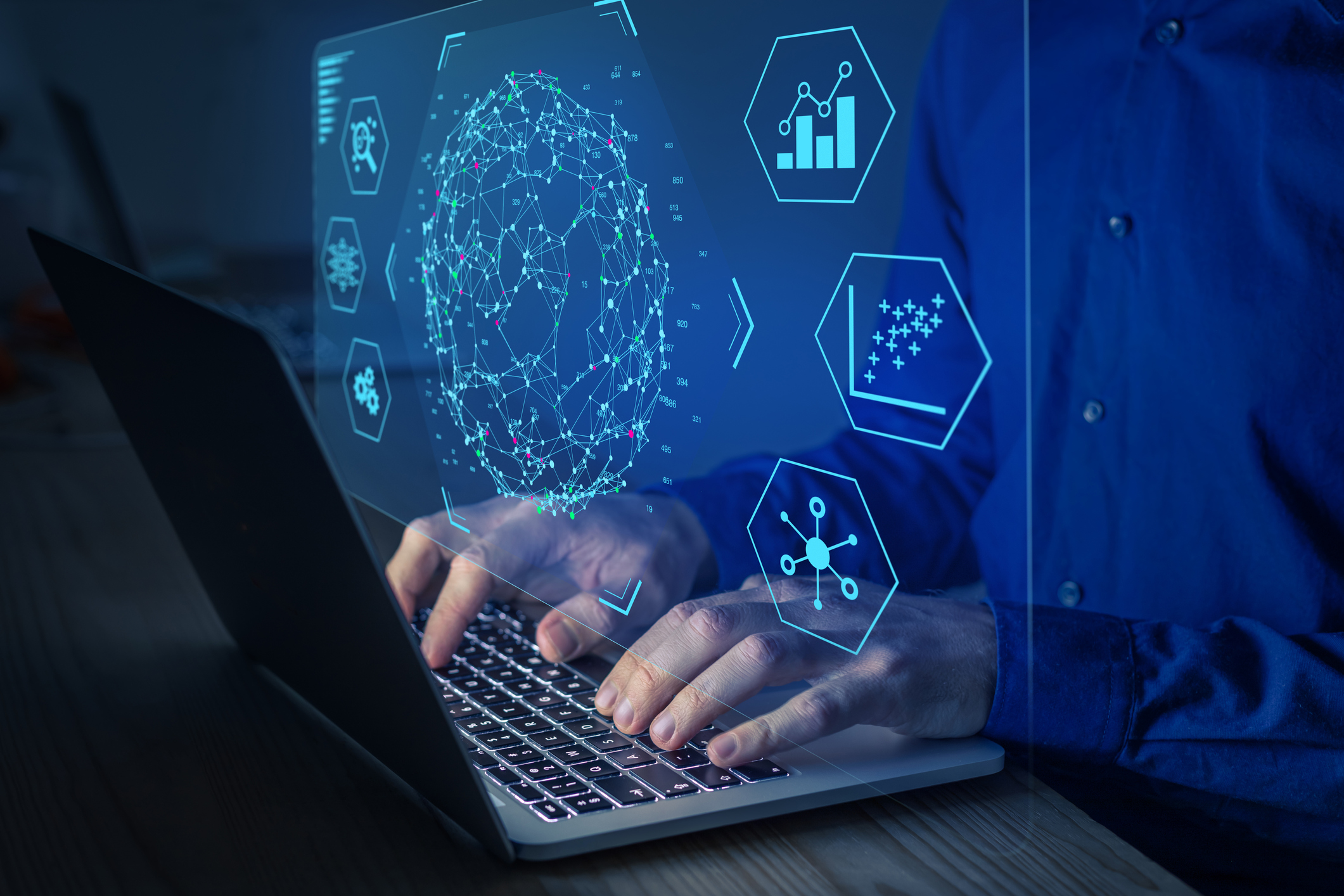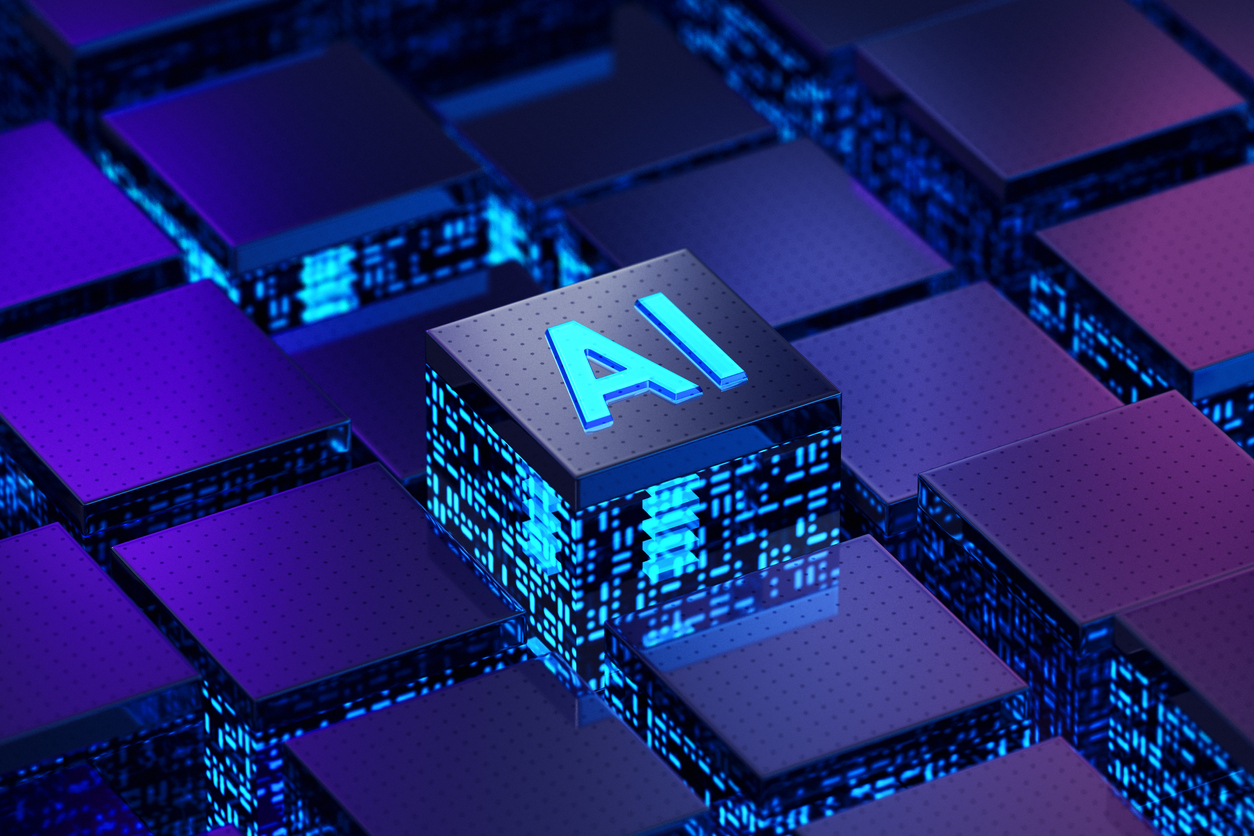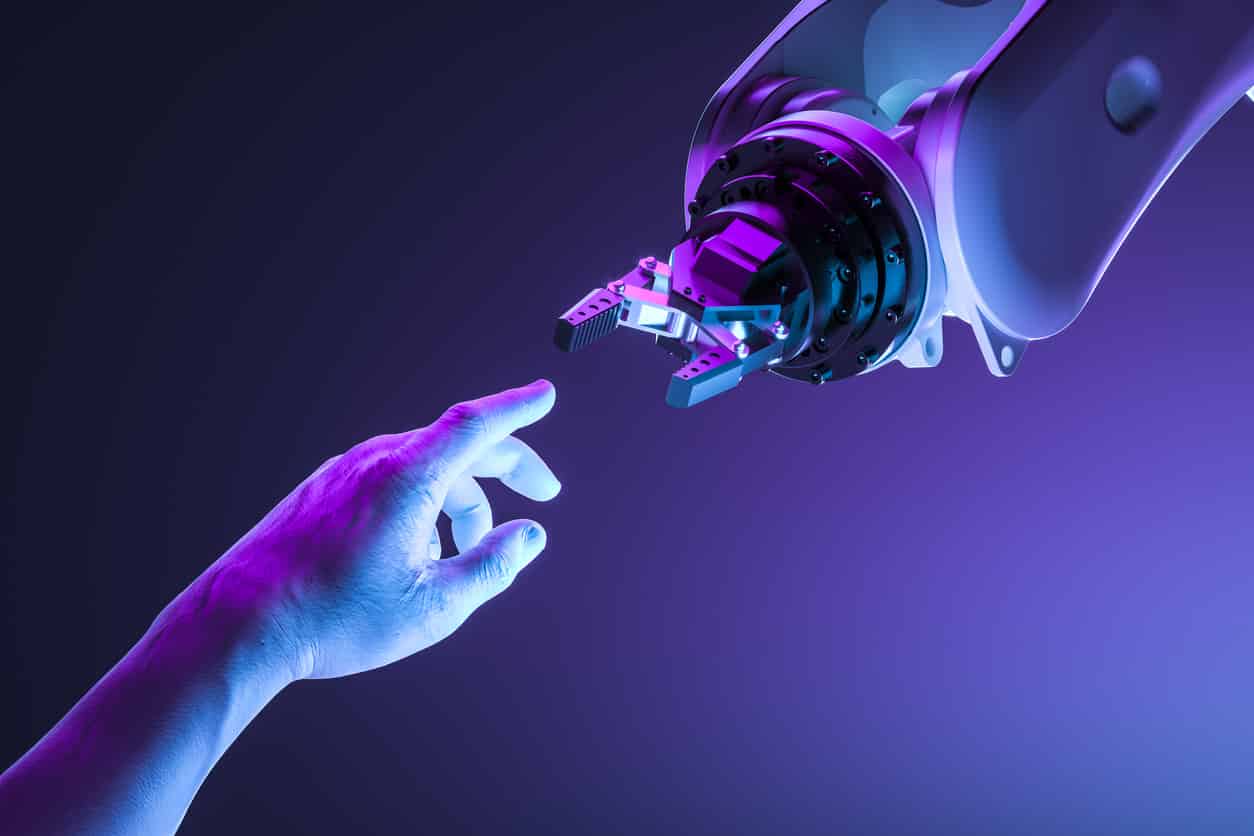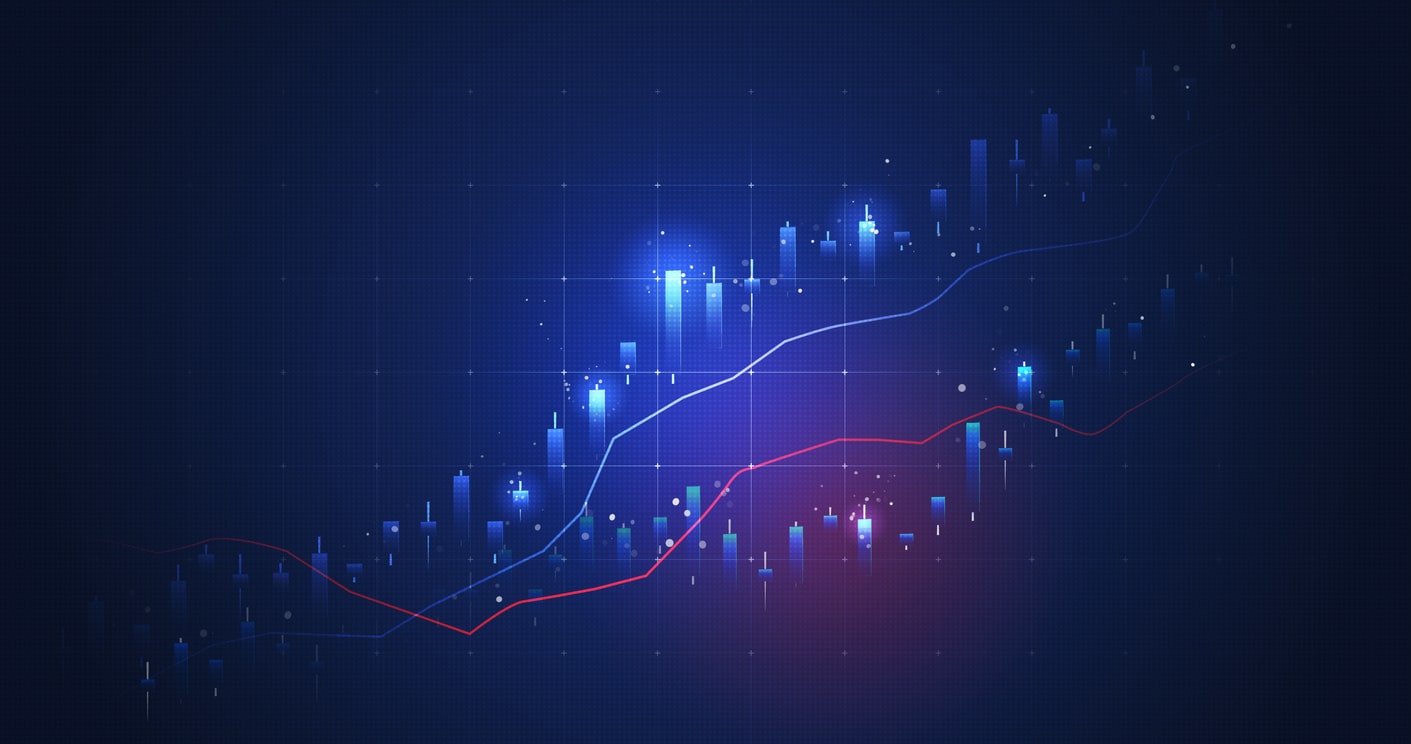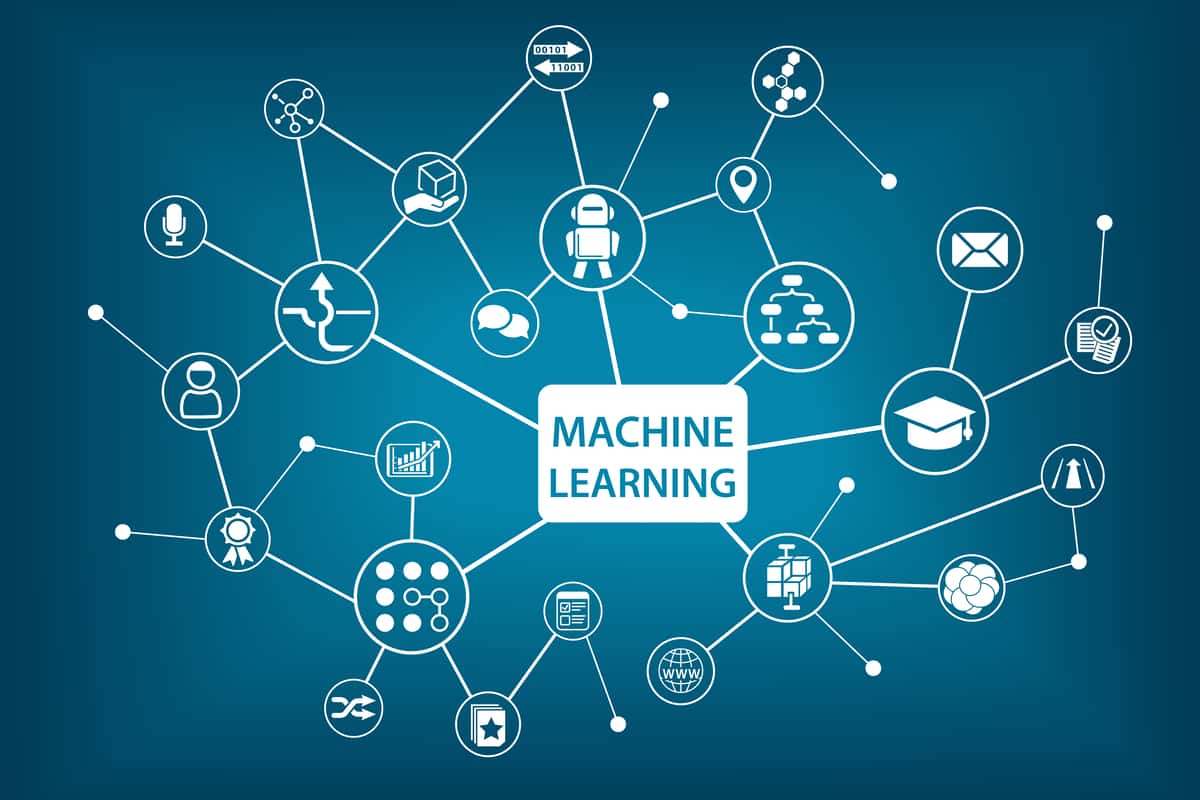- What is ChatGPT?
- How can ChatGPT be used for data science?
- Future of ChatGPT in data science
- Advantages of using ChatGPT for data science:
- Limitations of using ChatGPT for data science:
- Examples of ChatGPT in action:
- Future of ChatGPT in data science:
- Tips for using ChatGPT effectively in data science:
- Conclusion:
What if you could instantly understand vast amounts of data with just a few simple prompts? What if you could extract insights and generate predictions with uncanny accuracy? Enter ChatGPT – a language model created by OpenAI that has the potential to revolutionize the way we approach data science. By training on massive amounts of data, ChatGPT can generate natural language responses to prompts, making it an incredibly versatile tool for various data science tasks. In this blog, we'll explore the capabilities and limitations of ChatGPT for data science, as well as its potential impact on the field.

What is ChatGPT?
ChatGPT is a deep learning model based on transformer architecture. It is a neural network that has been trained on a massive amount of text data to learn patterns and relationships between words. ChatGPT works by predicting the most likely word or phrase that should come next in a given text sequence. It can also generate new text based on a given prompt.
ChatGPT has the ability to understand and generate natural language, making it a powerful tool for a variety of natural language processing tasks. It is capable of answering questions, translating languages, summarizing long articles, and even writing articles on its own.
However, ChatGPT also has its limitations. It is prone to biases and can generate responses that are inappropriate or offensive. Additionally, ChatGPT is not capable of understanding the context of a given prompt and can sometimes produce nonsensical responses.
ChatGPT Course for Professionals
Level up your career with our ChatGPT Course for Professionals. Master AI skills to enhance productivity, problem-solving, and innovation in your field.
How can ChatGPT be used for data science?
ChatGPT can be used in a variety of ways for data science tasks. One of its primary use cases is in natural language processing, where it can be used for sentiment analysis, language translation, and text generation. For example, ChatGPT can be used to generate product reviews or social media posts.
ChatGPT can also be used for image and video recognition. By generating captions for images or videos, ChatGPT can help identify the contents of the media and make it easier to search and analyze.
Another potential use for ChatGPT is in recommendation systems. By analyzing user behavior and generating text-based recommendations, ChatGPT can help improve the accuracy of product recommendations.
Future of ChatGPT in data science
The future of ChatGPT in data science is promising. As the technology improves, ChatGPT is likely to become more scalable and more interpretable. This will make it easier for data scientists to use ChatGPT as part of their data science workflows.
Advantages of using ChatGPT for data science:
- Ability to learn from large amounts of data: ChatGPT is trained on a vast amount of data, which enables it to learn patterns and relationships that might not be apparent to humans. This allows it to make accurate predictions and generate insights that might otherwise be missed.
- Efficiency and time-saving: ChatGPT can quickly generate insights and predictions, which can save data scientists a lot of time. This is particularly important for tasks that would otherwise require a lot of manual processing, such as image or video recognition.
- Flexibility: ChatGPT can be used for a wide range of data science tasks, including natural language processing, image and video recognition, and recommendation systems. This makes it a versatile tool that can be used across different industries and applications.
Limitations of using ChatGPT for data science:
- Potential bias: ChatGPT can be biased, particularly if the data it is trained on is biased. This can lead to inaccurate predictions or recommendations, which could have negative consequences.
- Lack of interpretability: While ChatGPT can generate accurate predictions, it can be difficult to understand how it arrived at those predictions. This lack of interpretability can be a limitation for data scientists who need to understand the underlying mechanisms behind their models.
- Need for large amounts of data: ChatGPT requires large amounts of data to be trained effectively. This can be a limitation for smaller organizations or those with limited access to data.
Examples of ChatGPT in action:
- Healthcare: ChatGPT has been used to generate summaries of medical records, which can help doctors and other healthcare professionals quickly identify relevant information. It has also been used to develop chatbots that can assist patients with basic healthcare questions.
- Finance: ChatGPT has been used to predict financial market trends and identify potential investment opportunities. It has also been used to develop chatbots that can assist customers with basic financial queries.
- Marketing: ChatGPT has been used to generate personalized recommendations for customers based on their past purchasing behavior. It has also been used to develop chatbots that can answer customer queries and provide support.
Future of ChatGPT in data science:
The potential for ChatGPT in data science is significant. As the technology continues to develop, we can expect to see improvements in areas such as interpretability, scalability, and bias reduction. This will make it an even more powerful tool for data scientists, enabling them to generate insights and predictions with greater accuracy and efficiency.
Tips for using ChatGPT effectively in data science:
- Understand its limitations and biases: While ChatGPT is a powerful tool, it is important to understand its limitations and potential biases. This can help data scientists to develop more accurate and effective models.
- Train the model on relevant datasets: To ensure that ChatGPT generates accurate predictions, it is important to train it on relevant datasets. This can help to reduce the risk of bias and improve the accuracy of the model.
- Use it in conjunction with other data science tools: While ChatGPT is a powerful tool, it should be used in conjunction with other data science tools and techniques. This can help to ensure that the insights generated by ChatGPT are meaningful and accurate.
Conclusion:
ChatGPT is a powerful tool for data scientists, enabling them to generate insights and predictions with greater accuracy and efficiency. While it has some limitations, such as potential bias and lack of interpretability, its advantages far outweigh these drawbacks. As the technology continues to develop, we can expect to see ChatGPT become an even more powerful tool for data scientists, transforming the way we analyze and interpret data.

